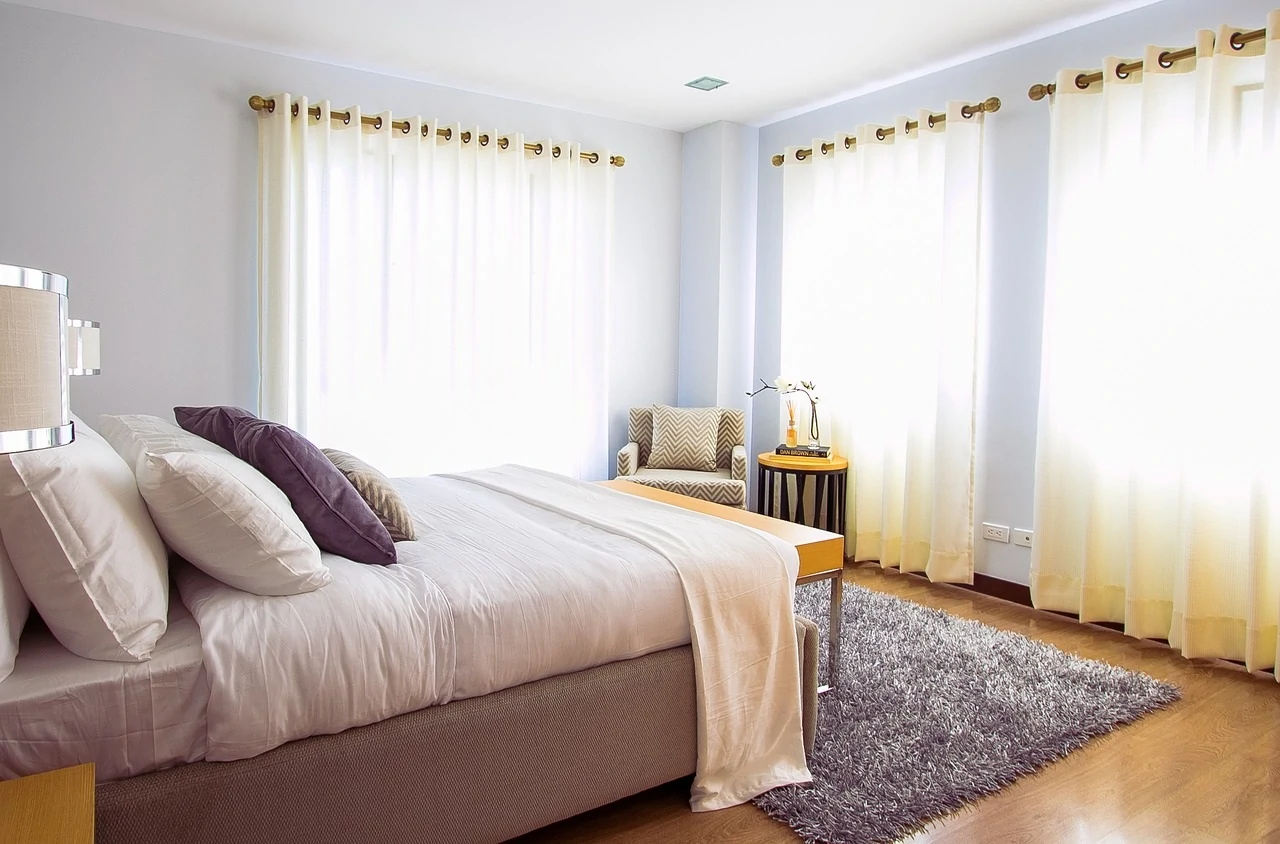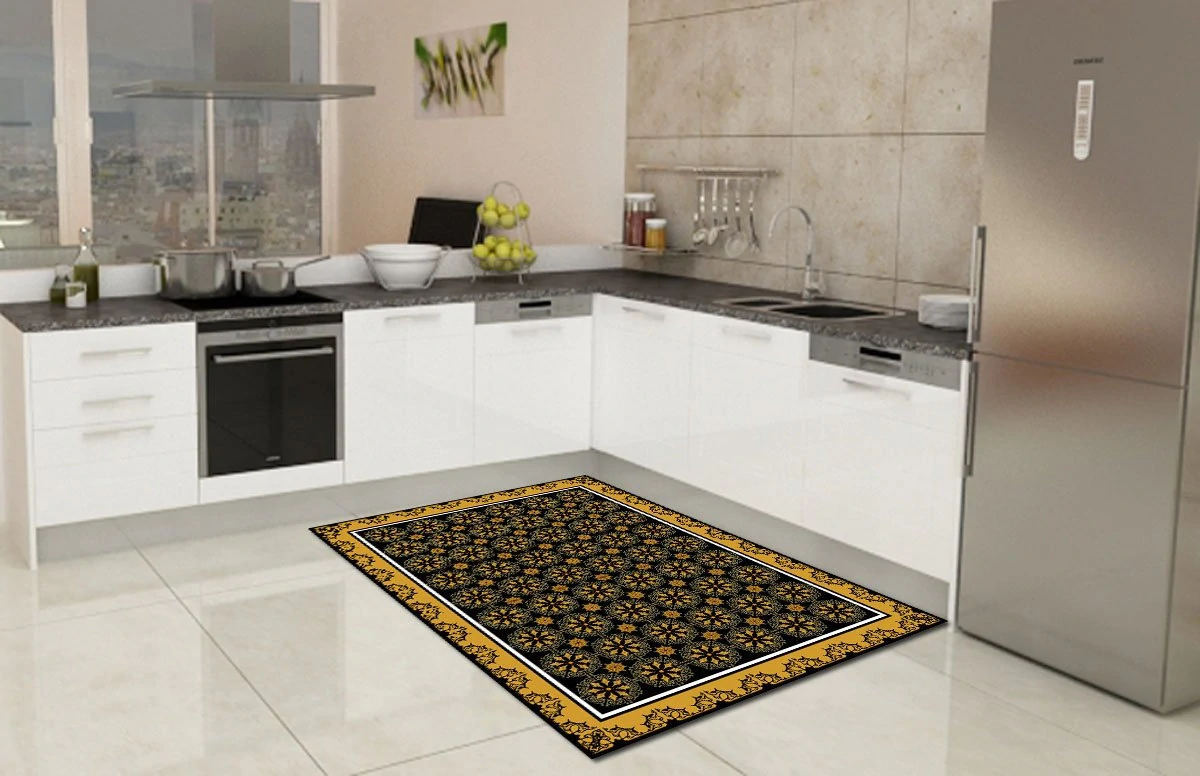Whether you're replacing a damaged wood floor or laying it in a new house, hardwood flooring is available on different structures, profiles, and finishes. Selecting the right type of flooring is important because each area has different needs and requirements. To help you discover the hardwood floor that suits your home best, here is the complete wood flooring guide that will provide insights into the available choices along with their pros and cons.
What are the differences between wood flooring types and species?
Before diving further into the guide, let's make one thing clear first. Hardwood floor types and species are not the same. Wood species or variety determines the pattern and color of the floor. Hardwood floor types refer to the way how materials are put together. These materials are vinyl, synthetic wood, genuine hardwood, or wood composite with veneers.
Hardwood floors have five main types. These are solid, engineered, parquet, laminate, and vinyl hardwood flooring.
Wood Flooring Types: Definition, Pros, and Cons
1- Solid Hardwood Flooring
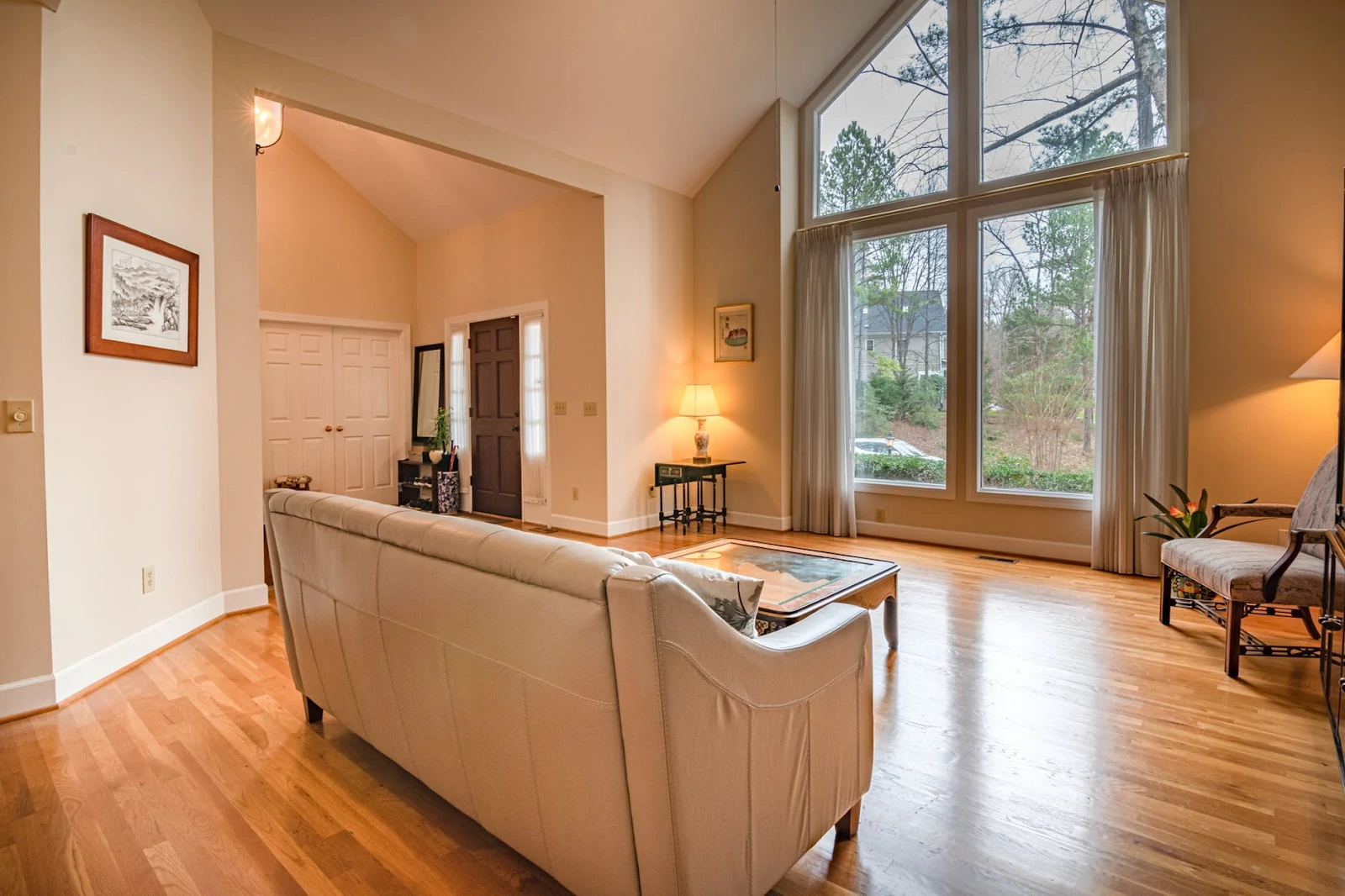
What is it?
As the name implies, solid hardwood floors are made from solid wood. Each board is made from a single piece of hardwood and is commonly fitted using tongue-and-groove. These types of woods have a hardness score that indicates their damage capacity by everyday wear and tear.
Where should you use Solid Hardwood Flooring?
What are the pros of using Solid Hardwood Flooring?
-
Often outlasts other hardwood floor types
-
Can be refinished or sanded down regardless of how long they've been installed
- Adds value to a property because of its aesthetic
What are the cons of using Solid Hardwood Flooring?
-
Has the highest cost for entry-level products
-
Shrinks in dry conditions and swell in damp states
- Oftentimes difficult to install (has to be nailed down or glued
2- Engineered Hardwood Flooring

What is it?
Engineered wood flooring is known for its resiliency and versatility. Each floorboard has 3-4 layers of wood that are glued together at right angles.
Where should you use Engineered Hardwood Flooring?
What are the pros of using Engineered Hardwood Flooring?
-
Cheaper than comparable solid wood planks
-
Long-lasting and highly durable
-
More resistant to heat and moisture compared to solid hardwood
- Can be installed at any level (including below the ground)
What are the cons of using Engineered Hardwood Flooring?
-
Tongue-and-groove is harder to install than click-lock
-
More expensive than laminate
3- Parquet Flooring
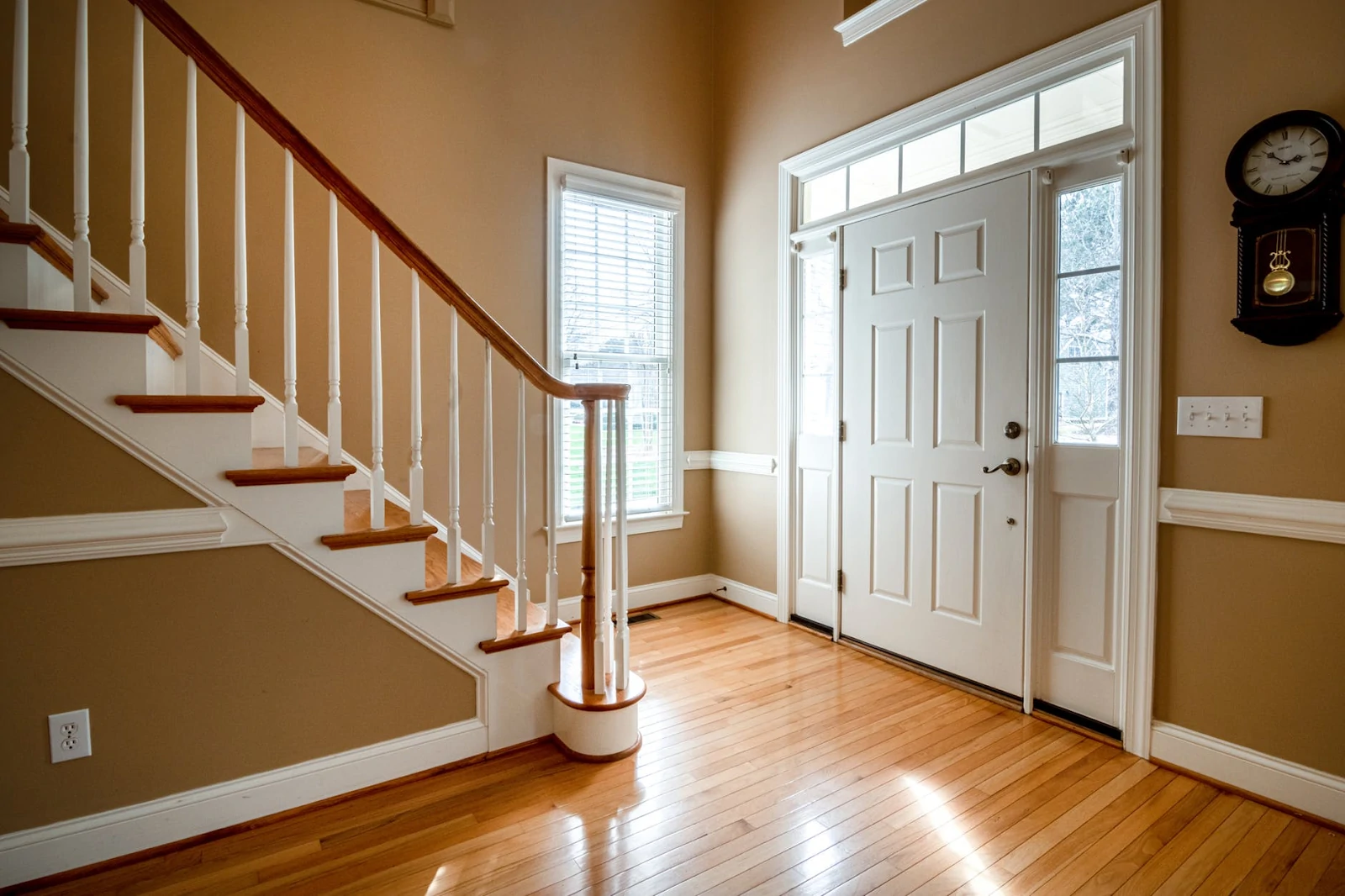
What is it?
Derived from the French word parqueterie, Parquet Floorings are also known as mosaic flooring. These are floorings are typically laid in geometric and angular styles that give a decorative effect that’s why they are popular in the interior design industry. Parquet Floorings can be made from solid or engineered wood.
Where should you use Parquet Flooring?
What are the pros of using Parquet Flooring?
-
Adds elegance, warmth, and beauty to interiors
-
When well-maintained, it is durable and long-lasting
- Add value to a home or property
What are the cons of using Parquet Flooring?
-
Difficult to repair once damaged by scratches and scuffs
-
May fade when exposed to sunlight
- Requires frequent upkeep
4- Laminate Flooring
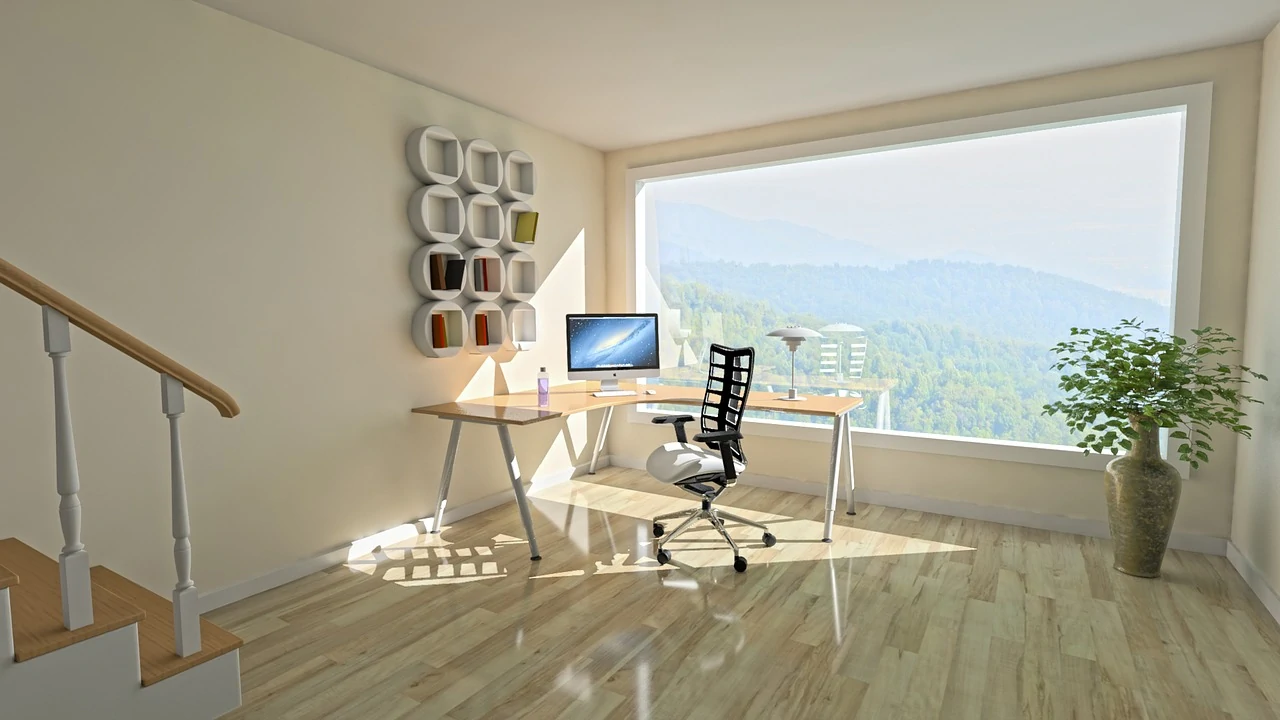
What is it?
Fused by a lamination process, Laminate Flooring is a multi-layer synthetic flooring. It is a surface that simulates wood with a photographic applique layer. Often a popular choice in the consumer market, Laminate Flooring comes in a wide range of finishes like wood and natural.
Where should you use Laminate Flooring?
They are best used in living rooms, bedrooms, and home office spaces. Some laminate floorings even include a waterproof core that's why they can be used in the kitchen and bathrooms.
What are the pros of using Laminate Flooring?
-
You get the aesthetic benefits of wood without the hassle of the upkeep
-
Less prone to scratches unlike Parquet Flooring
- Has a wide variety of natural materials imitations like wood and stone
What are the cons of using Laminate Flooring?
-
Doesn't exactly look or feel like real wood
-
Might look shabby if not laid well
- Cannot be sanded or refinished
5- Vinyl Flooring
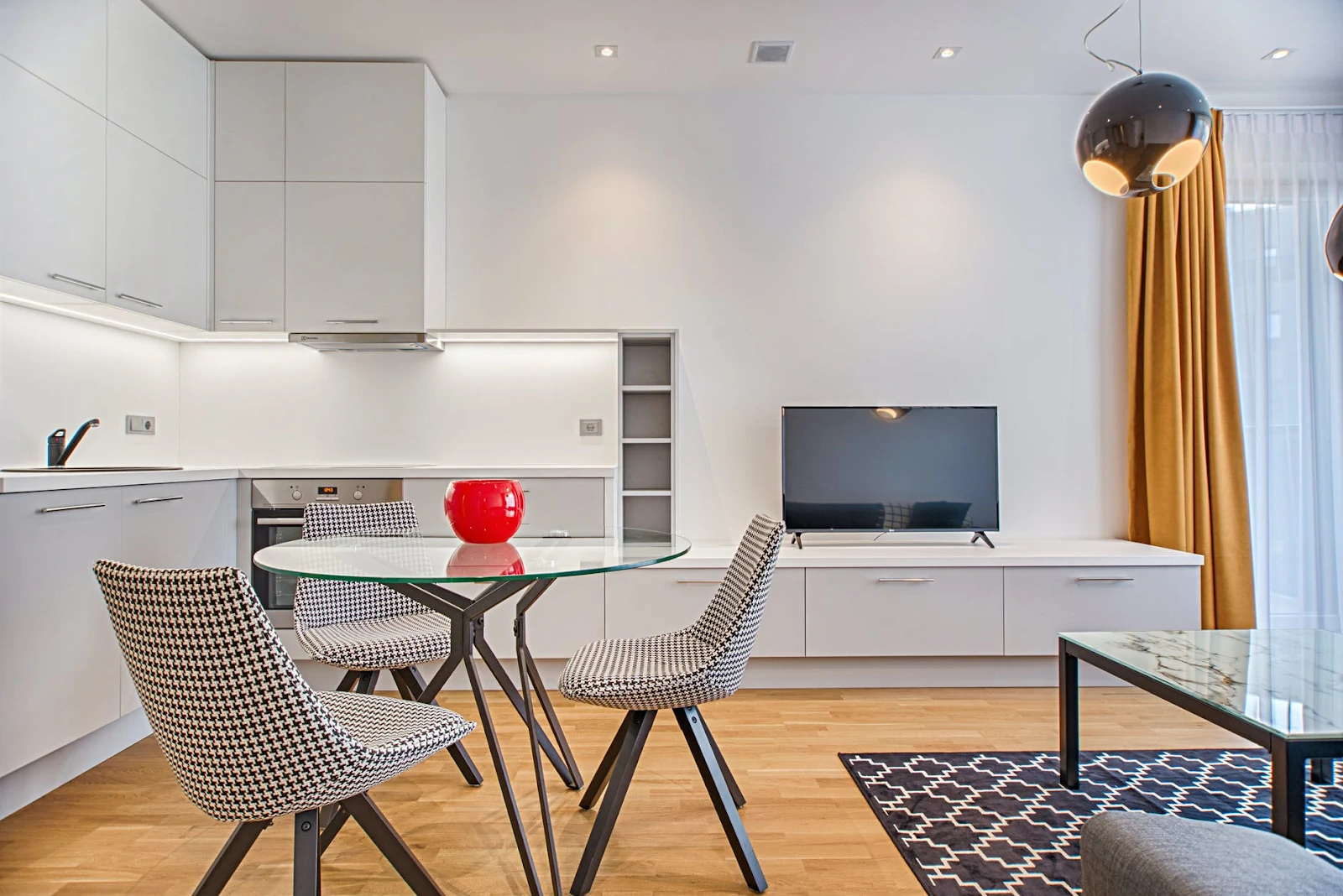
What is it?
Vinyl Flooring is one of the most popular floor types. Vinyl is highly adaptable and resilient and comes in a wide range of designs.
Where should you use Vinyl Flooring?
What are the pros of using Vinyl Flooring?
-
Very durable and inexpensive
-
Can be installed quickly
- Easy to maintain
What are the cons of using vinyl flooring?
-
Can be easily damaged by sharp objects
-
Color and designs may fade over time especially when exposed to too much sunlight
Knowing more about the characteristics of these types of wood floors will make the choice for any project a much easier one. Make sure to choose the best wooden flooring that complements your own budget, accessories, and appliances.
If you want to avoid the hassle of research, picking the right wood type, hiring the right manpower, and high installation costs, you may check out Buildeey’s directory network of wood flooring companies in the following cities:
